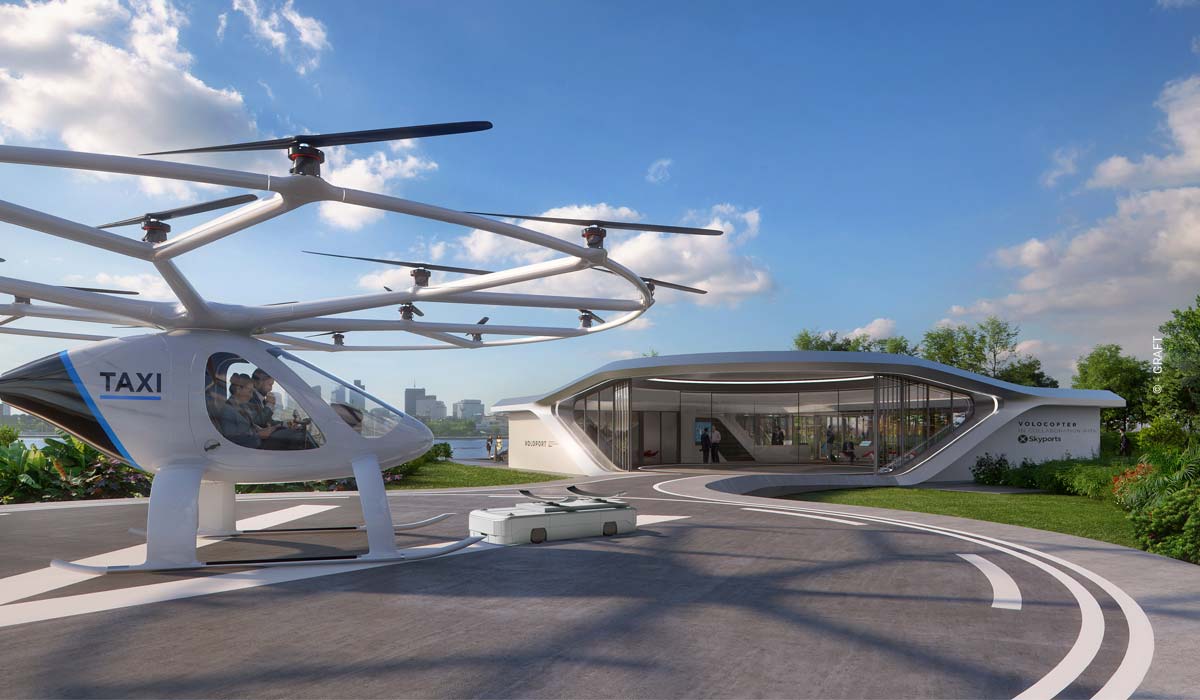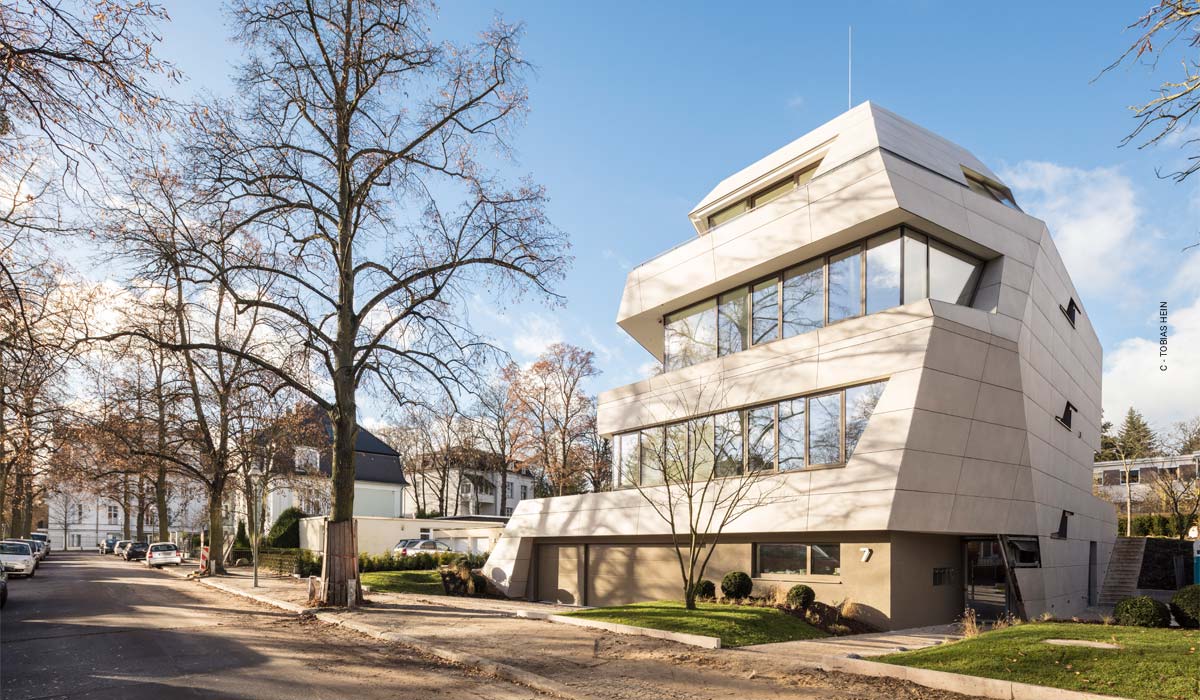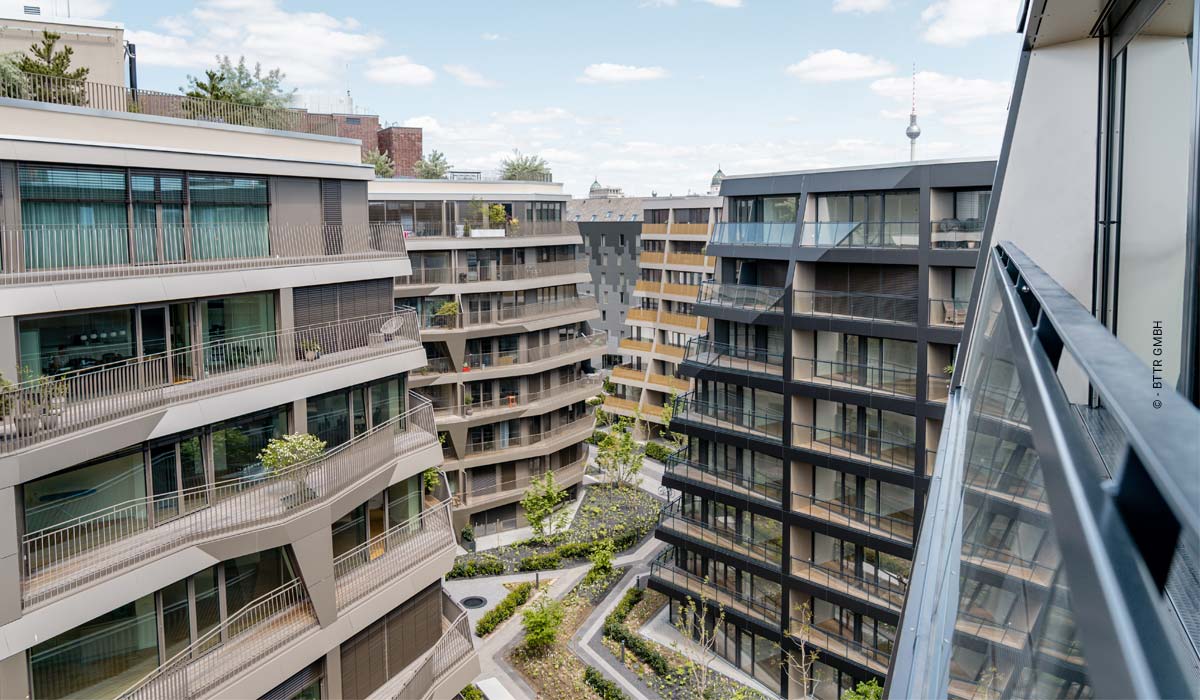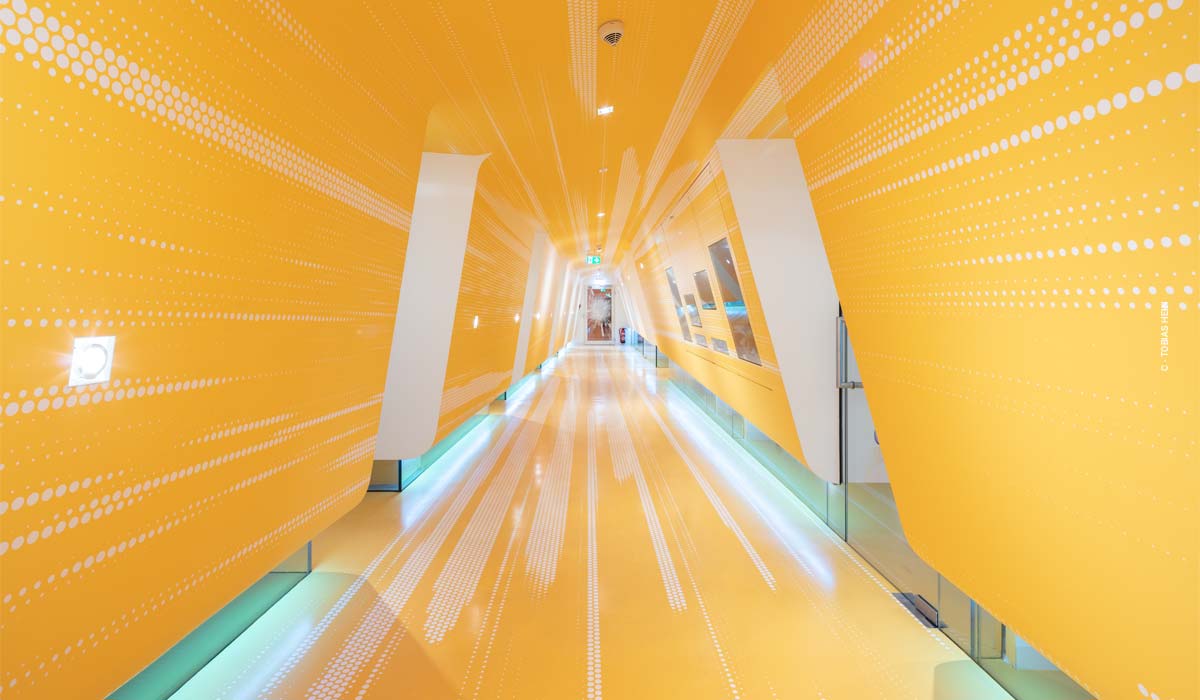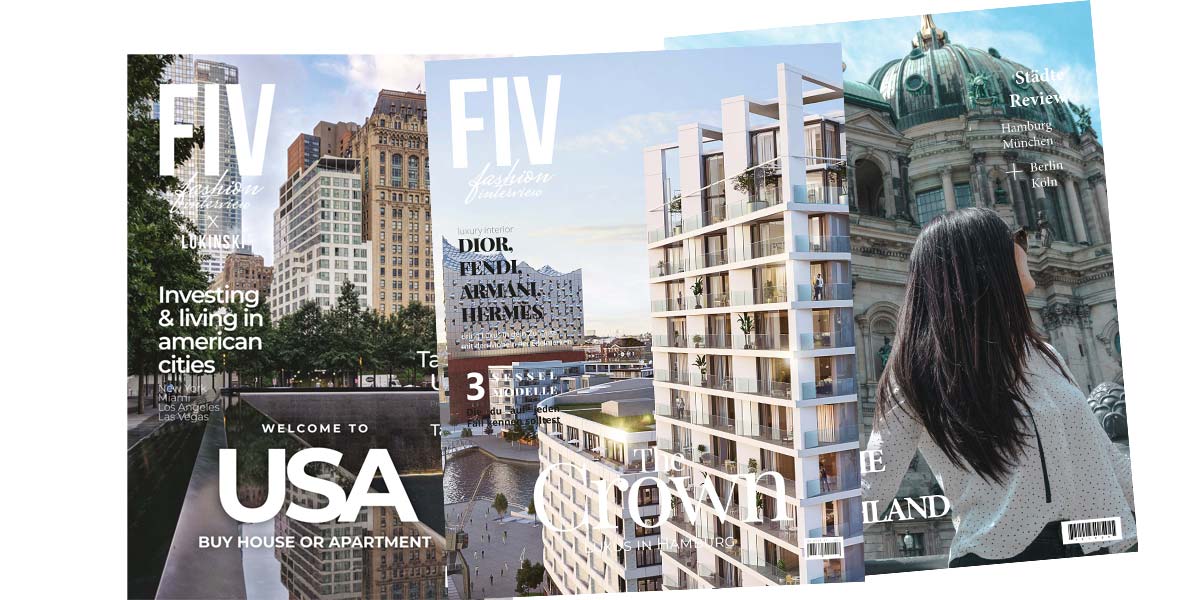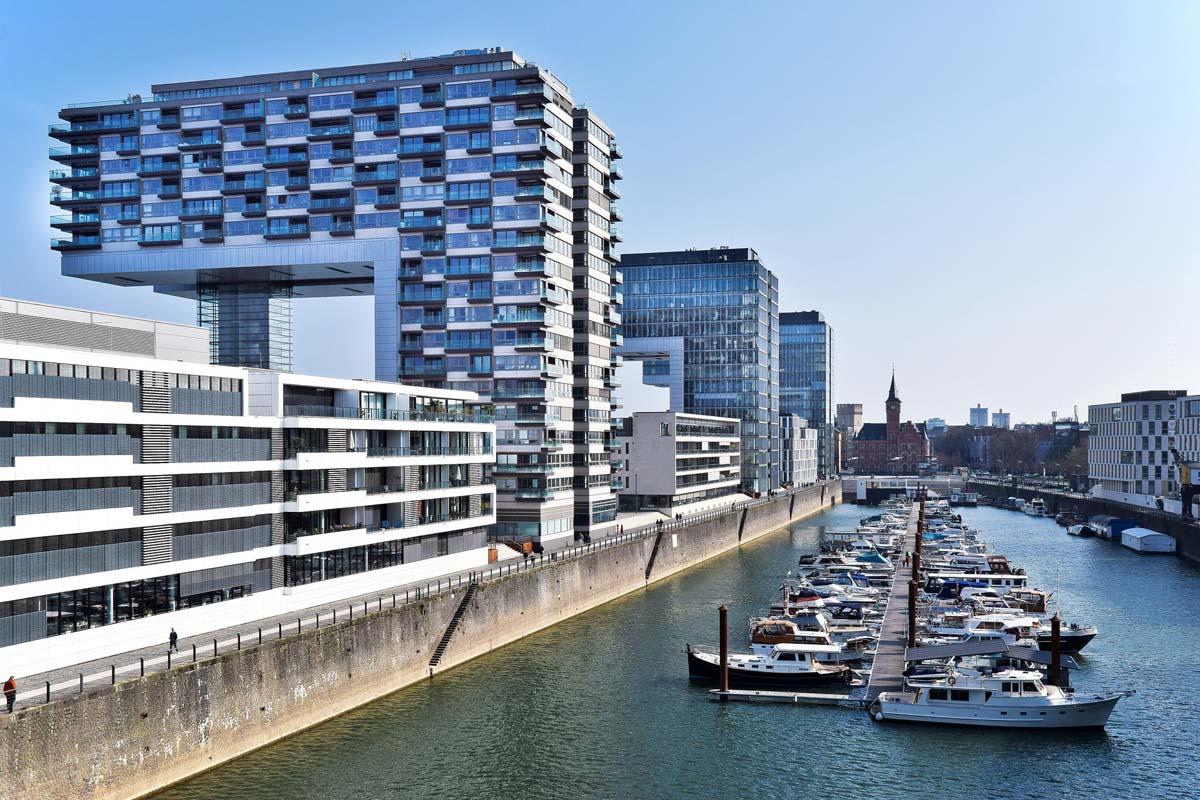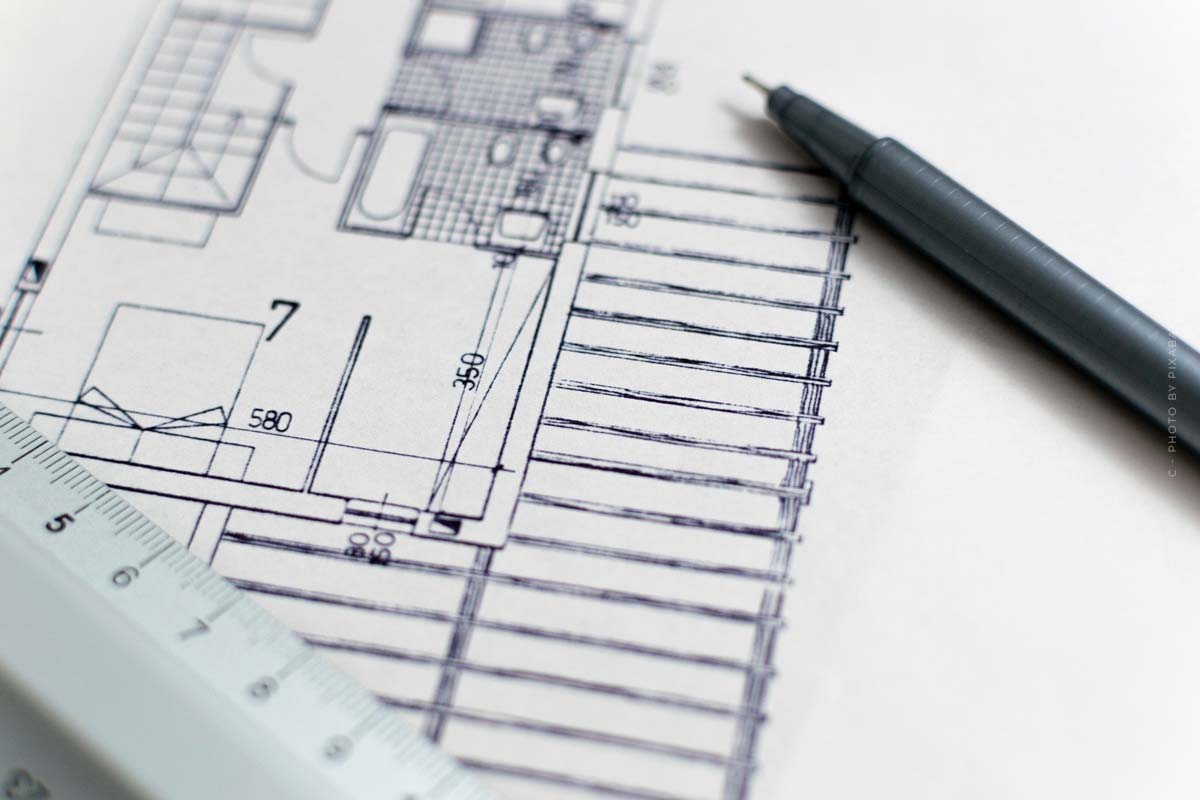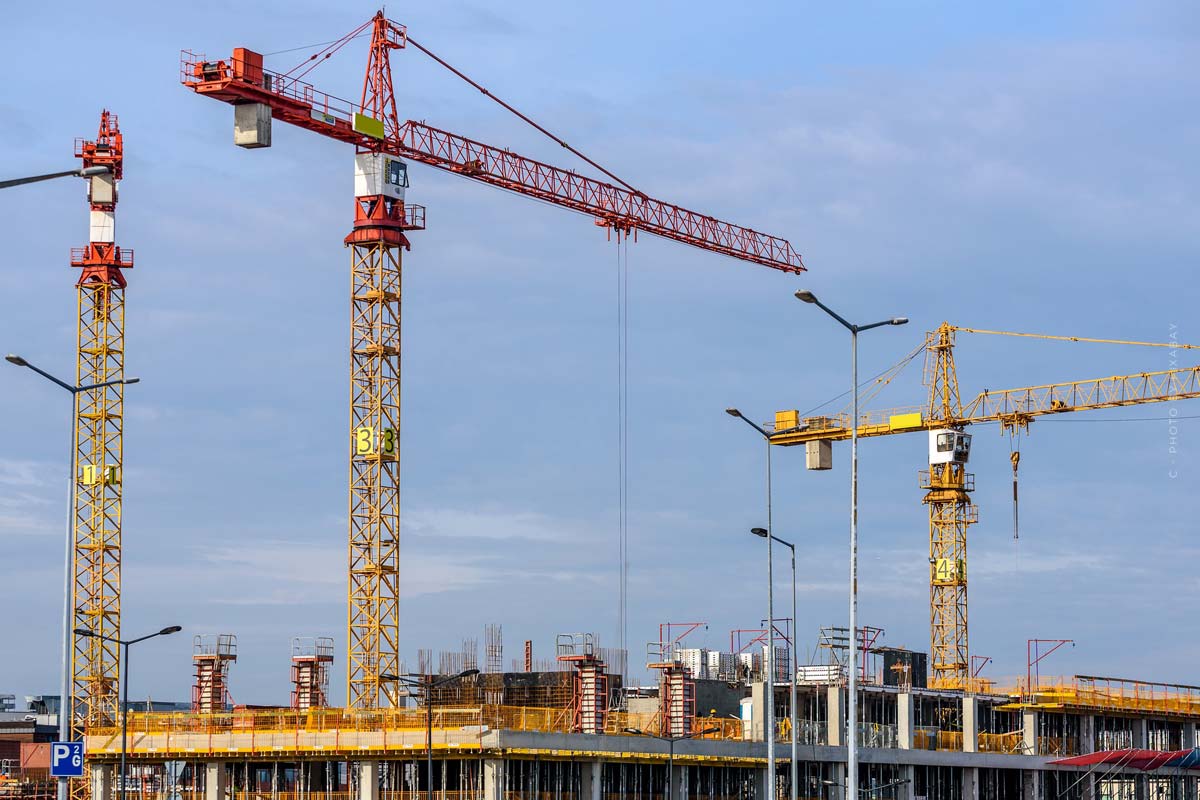E-car charging stations and air taxis (Volocopter) – Graft Architekten interview (3/3)
Graft in an interview – The renowned architecture firm Graft has offices in Berlin, Los Angeles and Shanghai, and stands for versatile, modern and innovative architecture. The company’s portfolio is comprehensive and ranges from unique private properties to residential/office ensembles and revitalization projects to future projects such as a landing port for air taxis. Pure dreams of the future? No way! In an interview, the founders talked to us about current future projects and their significance. Would you like to learn more about Graft, their projects, company philosophy and working methods? Then check out the other parts of the extensive interview: Residential Real Estate & Architecture Firm Graft!
Future projects: Air taxis and electric filling stations
As an architecture firm, Graft stands above all for innovation and is constantly on the lookout for new things. So it’s no wonder that Graft never stands still and is constantly working on new projects. Currently, the planning and design of ports for air taxis – so-called VoloPorts – and the development of a concept for numerous electric charging stations for the energy company e.on are particularly current and exciting. The founders talked to us about future projects and related topics. Would you like to learn more about Graft? Then take a look at the other parts of the extensive interview with various thematic focuses. You can find the links here:
- Architect’s office
- Residential & Mixed Use
- Future: E-car charging station & Co.
Mobility turnaround? Ultra-fast charging stations
Innovation is an apt buzzword for Graft. Real estate is more than “just” places to live. You are currently involved in two extremely interesting projects. One topic that is on the minds of many is e-mobility and, in particular, the expansion of the charging network in Germany. Things get even more interesting with the first port for the Volocopter (air taxi).
FIV: First of all, I would be interested: A project like E.ON’s ultra-fast charging stations, but also the Volocopter Port, offer a lot of room for innovation. The road to get there is long, you first had to win a competition against strong competitors. But you were able to win the competition for modular VoloPorts! So you invested a lot of time and energy without knowing if you would win: That shows passion. What is the attraction of such innovative projects for you?
Graft: We live in a great time. But also in a time full of problems, great difficulties and strong challenges. It may be a time that shocks some and challenges too much. But the shaper is pleased when there is so much to solve – and we have much to solve. We have a rising generation that has created a voice for itself with actions like Fridays For Future, demanding that we preserve this planet for future generations.
“Architecture is key to decarbonizing our future.”
Architecture / construction is a very big contributor to global warming and therefore also a big key to decarbonising our future. This also includes the transport revolution and the way we will live and move in our cities.
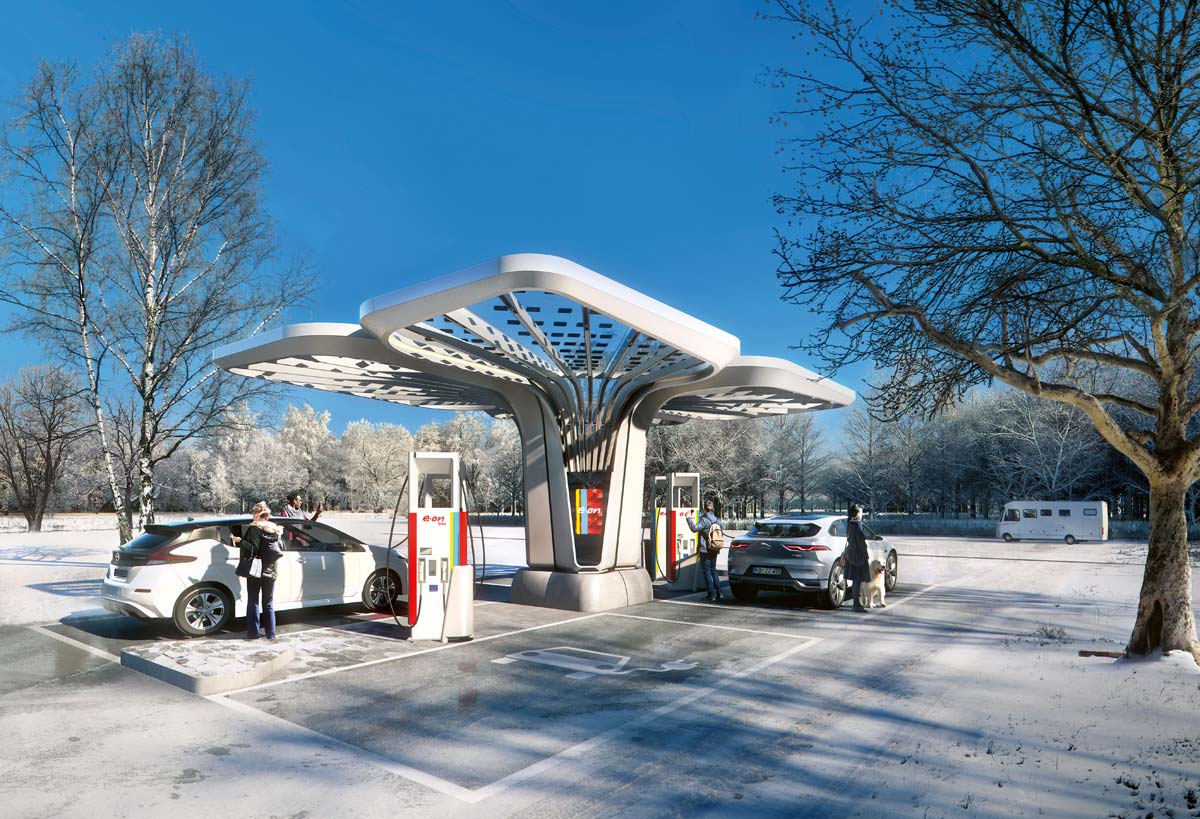 © Plomp
© Plomp
Design & idea behind the e-charging stations for E.ON
Graft: You have to go so far out on a limb because you ask yourself: Why do our stations, which we contribute as a small building block of the traffic turnaround as architecture, look like this? You have to rethink a lot. In fashion, too, there is currently a big movement in the area of sustainability, materials, the health of materials, but also in fair trade and logistics chain issues, price, price ideas, and so on.
In this respect, we are not only thoughtlessly moving art forward with ever newer creativity, but of course we also have a social responsibility. The transport revolution is incredibly complex. One of our projects, for example, is about the future of personal transport, which is tied to the roads. On the other hand, it’s also about how artificial intelligence can make itself affordable for individuals in terms of movement – through the air, among other things – and with the same autonomy without a pilot.
“Why did we prevail? Because we enjoy solving problems.”
In both projects, we work for companies that are basically the visionaries in their field in the transport revolution. We didn’t force them to do it, they approached us with it and sought out Graft as a partner. Why we prevailed over competitors in the competition? Why we did the worldwide rollout of the entire corporate architecture at Mercedes? Why we are currently working with several Nobel Prize winners on projects for a new start-up for magnetic levitation trains in Asia, but also in Germany?
Architecture competition: belief in solving problems with projects
Graft: Because solving our global problems is about believing that we can solve them. That we have the technical possibilities to also make forward breakthroughs and improvements, and not just save our planet by saving our needs. That in some areas we can also use technology to move in a more ecological and economical way.
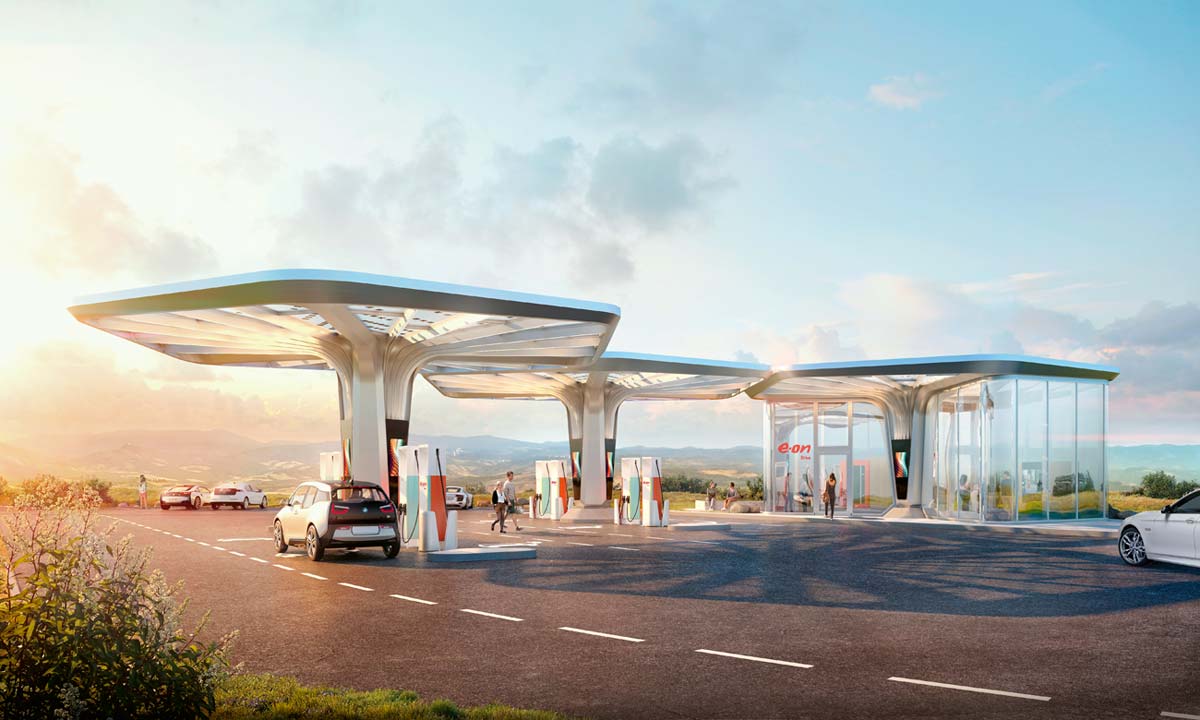
© Bloom Images
Curiosity, optimism & innovation: qualities of good architects
Graft: We would say that our desire, curiosity, optimism and also our hope to incorporate as well as technological innovative spirit into architecture, and at the same time to let our language of form speak, has convinced these companies that we are good partners. Because our architectures are technologically innovative. But surely they also have something cheerful, sensitive and bionic somewhere.
“The gas stations basically work like petals.”
The E.ON service stations function metaphorically and visually like large petals and, in addition to technological innovation, this also makes them seem emotional, almost romantic. This makes something resonate semantically in the subconscious. It is the complete opposite to a rigid, cold gas station body with a roof supported on large pillars. It is precisely this lightness and this filigree that have contributed to these feelings of closeness and naturalness in our designs.
Ecological materials and alternative energy production
Graft: Things like ecological materials and the pattern of energy production could be made visible precisely through this. The formal language sets the accent that says and shows that something new can be believed in there. That this architecture appeals to customers and should not only make the technical experts happy.
It’s also about people coming into these gas stations or departure lounges saying, “Wow! This is where a new adventure begins for me. This is so perfectly engineered and innovatively executed that I dare to get on the Volocopter.” To be part of a new community, a new community that transports this desire for discovery.
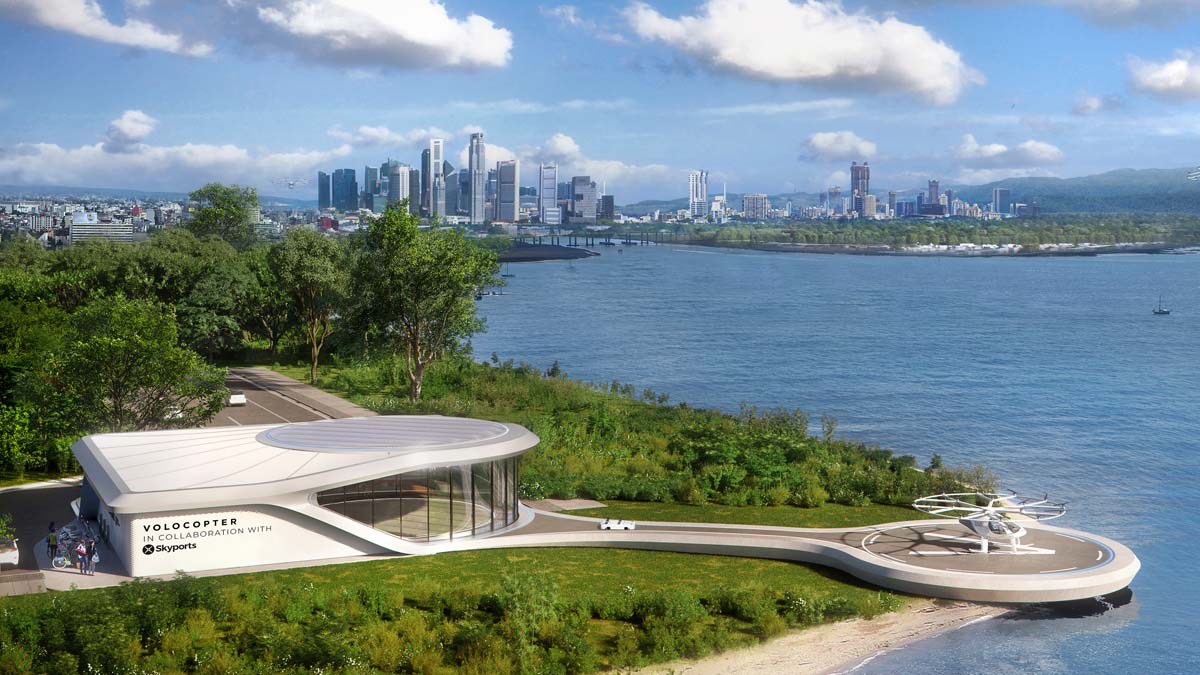
© GRAFT Brandlab/Skyports/Volocopter/GRAFT , VoloPort Design
Builders who do not want to make any compromises
FIV: With both projects, you as an office are no longer “only” building locally, E.ON charging stations are being built everywhere, the Volocopter stations are also planned worldwide, as described in ports, but also on the roofs of skyscrapers. To what extent are these projects a new level, also for your architectural practice?
Graft: For us it’s not new to think like this, we already did it as students. What is totally new are clients who no longer want to compromise.
Unfortunately, you have to realize that even if we do something at a top notch / cutting edge level now, it probably won’t be the best thing to do in ten years. That’s part of it. It applies to the transportation revolution just as much. Cars and artificial intelligence for autonomous driving or flying are constantly being optimized. Maybe in 10 – 15 years we’ll look back at the first generation Volocopter and say, “Man, it looks like an old TV,” but that’s okay!
Farmhouse meets Tesla – tradition and modernity coexist
Graft: Even today, there are old architectures that still look as they did when they were built. There are enough clients who say: “I love my old farmhouse, I want to restore it true to the original”.
“Modernity, the present, and yesterday can coexist.”
The two can coexist. You can still get into the Tesla next to your farmhouse and be driven to work. Modernity, the present and yesterday united. The romance of memory and the dreaming of the future don’t have to contradict each other at all. But of course, a Volocopter doesn’t look like a flying carriage.
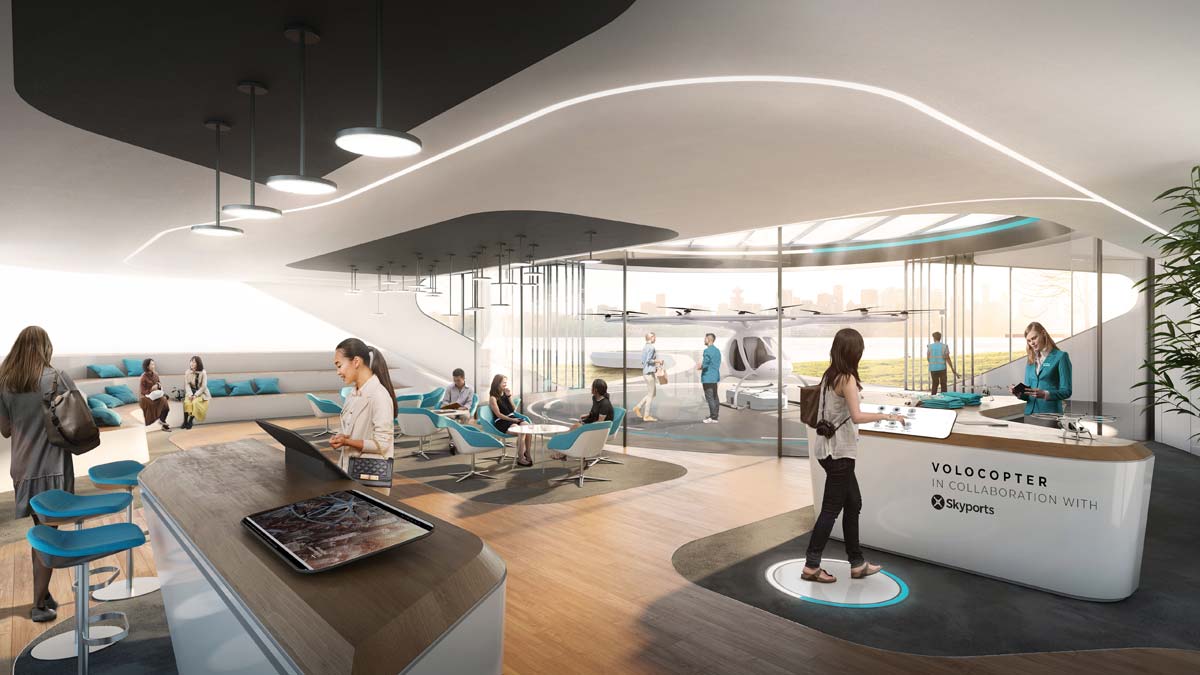
© GRAFT Brandlab/Skyports/Volocopter/GRAFT , VoloPort Design
Advice to architects-to-be: Dream concepts and implement them!
FIV: We at FIV thank you very much for the insights into your work, your projects and also a little bit into the future. Finally, I would like to ask a question for all those who, just like you, want to realise great projects one day: Architects of the Future. Is there anything you would advise the next generation of architects who want to enter this profession? In your opinion, are there areas in which it is worth specialising? Or perhaps fundamental qualities/approaches that are valuable?
Graft: Everyone has to find out for themselves whether they can make a living from their profession without completely losing the pushing and yearning that you know from your student days. Our art, like fashion: everything thrives on those who want more. By that we don’t mean money, we just mean that the journey isn’t over yet. Keep it up and find a job where you can do both well. You can want to live a bourgeois life, have material desires, but everyone can also contribute to solving the challenges that are yet to come.
Starting out on your career? Success comes step by step…
Graft: Architecture is a brilliant profession for it, because the professional field is diverse. The important thing is: when you study and start working, the mountain seems too big, but it’s actually small steps. You don’t have to succeed in everything at once. The main thing is not only to dream and design, but also to take care that the dreams come true and the designs come into the world. That’s what you don’t learn at university.
“At first the mountain seems so big, but it’s actually small steps.”
We talked at the beginning about the moment being the beautiful thing, and that years of building follow. You have to be able to have staying power for that, just as for the moment of ecstasy. The beginning of a love is beautiful, it can still be great after 20 years of marriage, although it has changed a lot in the process and completely different qualities have been added. For a newcomer to the profession, this Sturm und Drang phase is incredibly great, and you should keep some of it until the end.
FIV: That is a beautiful closing word! Thank you very much.
Architects and Real Estate Projects – Interview Part 1 & 2
The future projects have really aroused your curiosity about the Graft architecture office? Would you like to learn more about the working methods and completed projects of the architects? No problem! Our in-depth interview has been divided into 3 thematic blocks, and thus offers you a lot of information and visual material. Let the founders explain to you how they work at Graft and what is important in different architectural projects!
Architects and successful work (1/3)
You find the projects presented so far interesting and would like to learn more about the architectural office? No problem! In addition to residential / mixed use projects, we also talked to the founders about the origins and philosophy of their company, as well as future projects. In Part 1 of the interview, you can find out even more about the founders and how they came together as a group of entrepreneurs. You’ll also find out what makes Graft’s properties so unique, and the architects’ attitude towards their work. Read more here!
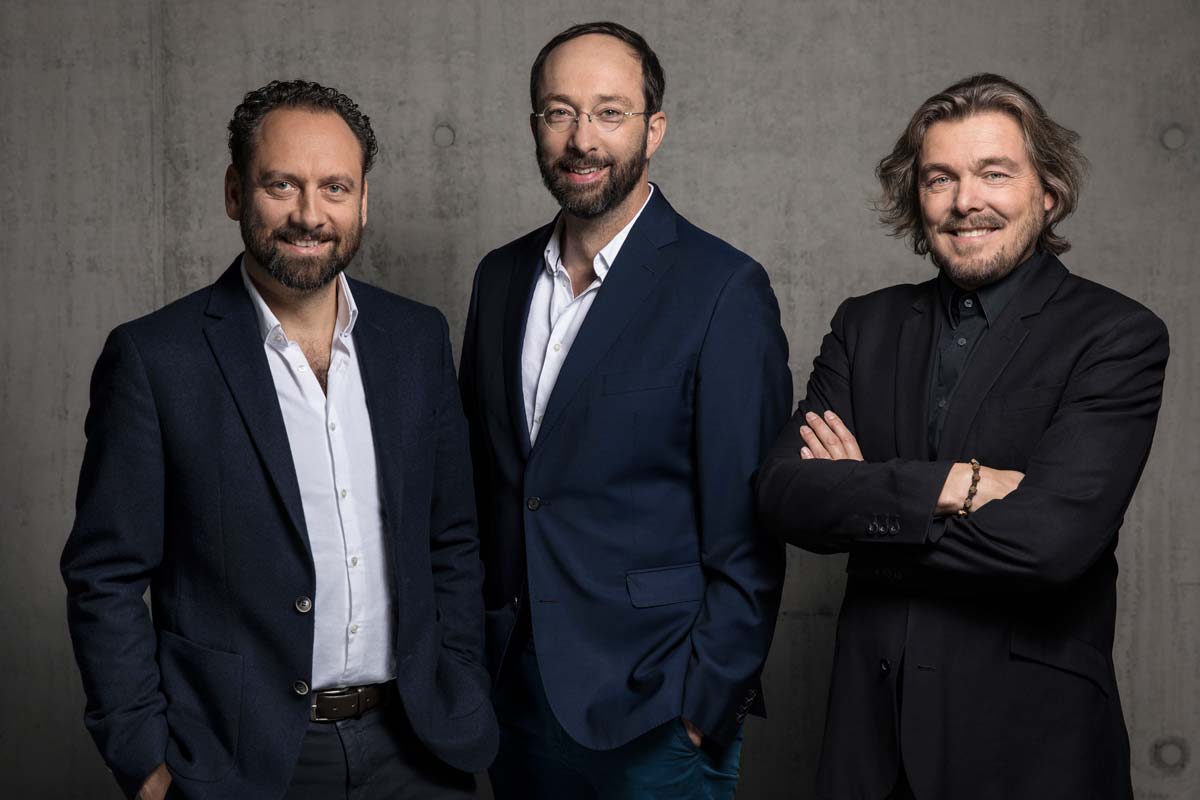
© Pablo Castagnola
Residential buildings, offices and popular projects of architects (2/3)
The second part of the interview is about flagship projects and residential and mixed-use properties. Whether it’s a dental practice, a revitalization project with a historic preservation factor, or a modern villa for private owners: the portfolio of the architecture firm is versatile and unique. No two projects are the same, and there is always something new to discover! Take a closer look at the projects here and let the founders explain more about the development processes, ideas and concepts.
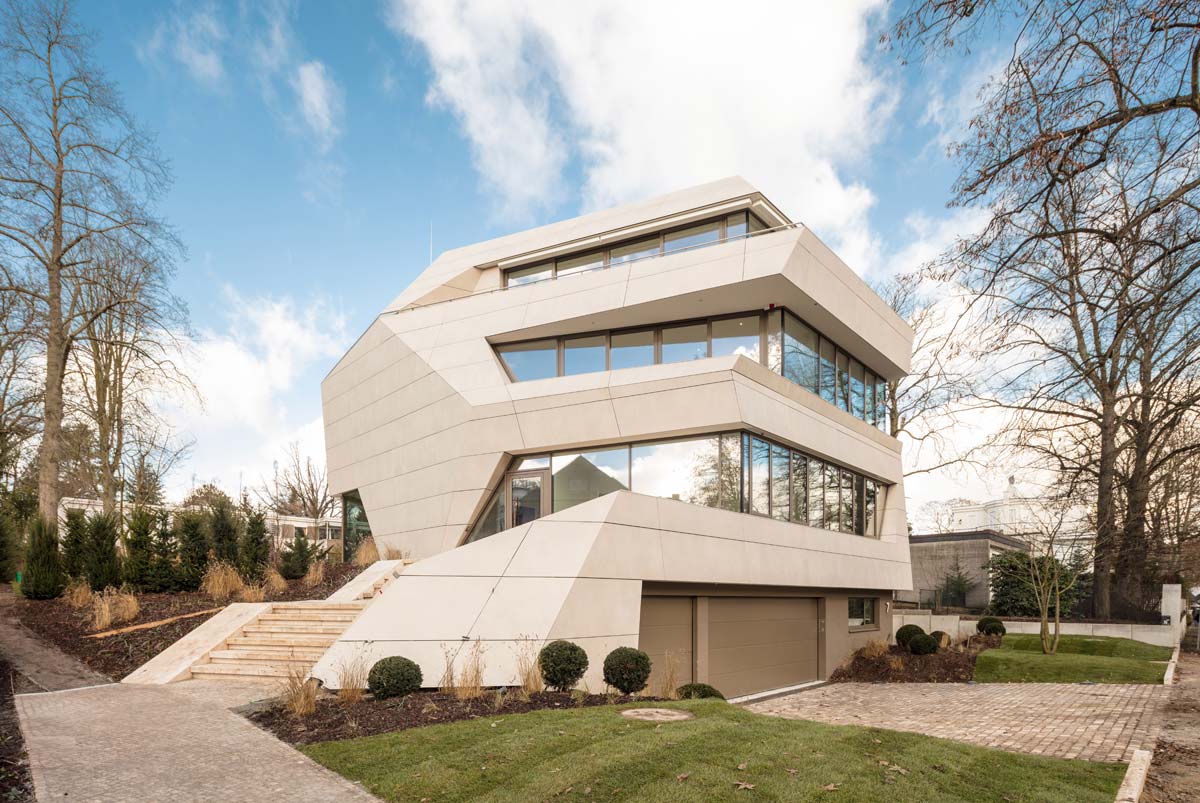
© Tobias Hein
